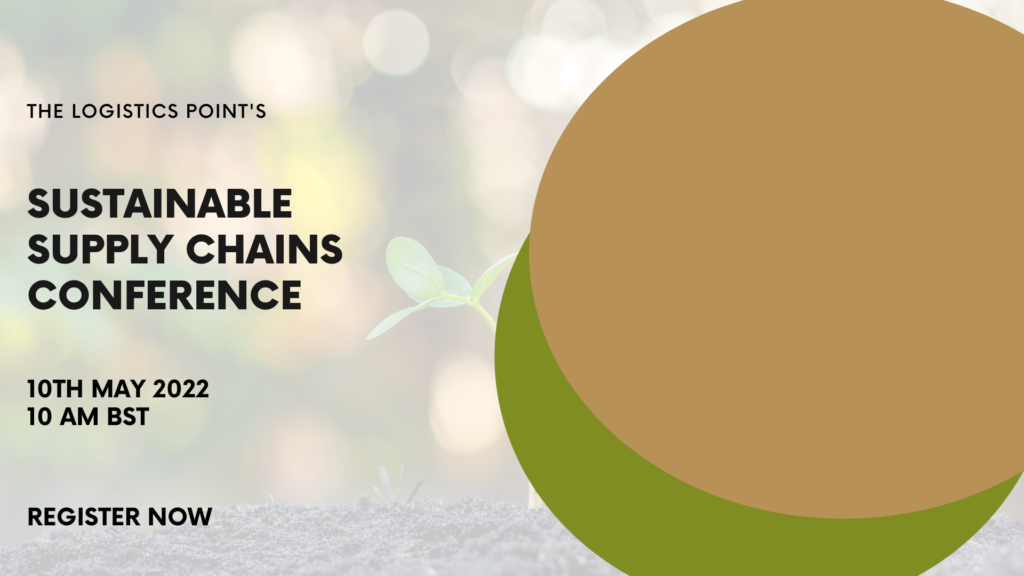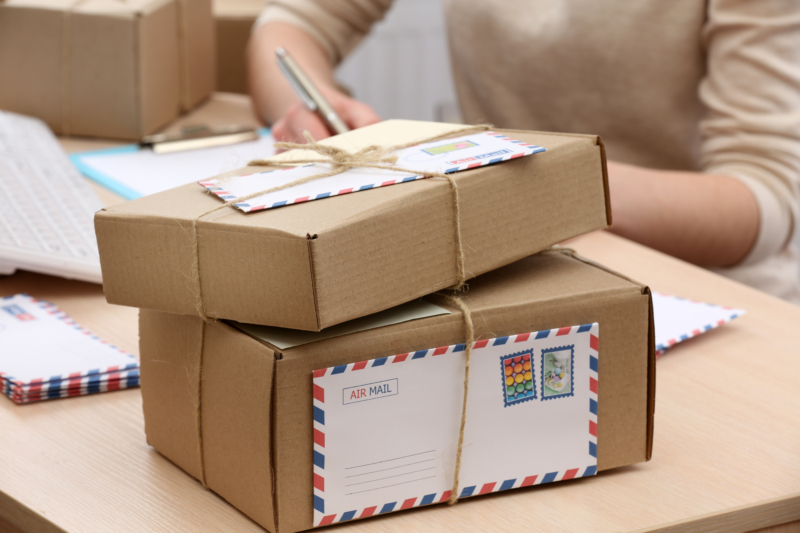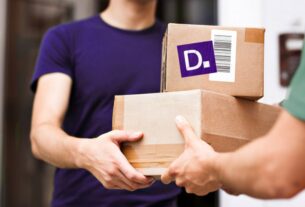Matthew Dunne, founder and CTO of Despatch Cloud
We are seeing big movement, particularly from larger delivery companies, with innovation in transparency (real-time delivery updates and carbon-footprint information), and increasing delivery options for consumers.

Smaller companies are also shaking up the market with offerings that target specialist areas, such as last-mile and more environmentally-friendly delivery methods, as well as technology or AI-enabled efficiency improvements.
At Despatch Cloud, we applaud these changes, particularly with regards to transparency and the reduction of carbon emissions in delivery.
Customer expectation or company-led transformation?
Whether these developments in transparency and delivery choice are consumer-led, or industry-led, is a hard distinction to make. Consumers are clearly now demanding of a high-standard of service, fast deliveries, and increasingly concerned about the impact of their purchases on the environment. Yet, it’s hard to know whether the continuous innovations are primarily influenced by their desires, or by delivery companies consistently striving for differentiation and innovation.
When next-day delivery was initially introduced, this wasn’t something that we could demonstrate customers were clamouring for. People don’t really know what they want until you give them the option, but once they have that expectation you have to deliver… and keep delivering.
Large organisations are also increasingly focused on CSR and are making concerted efforts to decarbonise their business. Yet, we cannot necessarily separate out this choice from a consumer-led demand, as this area is also something that consumers are focused on, and heavily impacts their purchasing decisions. A study from Deloitte demonstrates that 28% of consumers have stopped buying certain products or brands due to ethical or environmental concerns, and this percentage rises to 45% amongst Gen Z consumers.1
The role of emotion
People make decisions based on emotion. As much as we like to think it’s a rational world, our purchasing decisions are based on feelings. Retailers, brands and delivery companies may well be anticipating and leading transformation in an effort to differentiate and improve, but they are also aligning their offerings with peoples’ emotions.
This also plays into ongoing customer experience, not just the initial purchase. If people have a good experience they will return, and delivery is a key part of this in e-commerce. Consumers want to feel in control, and as though the brand is taking into consideration their needs, with personalisation being a big trend in e-commerce right now and in the future. More choices for delivery will play into this trend, with time-slot deliveries, parcel lockers, or the ability to change delivery option on the day, most likely increasing in popularity over the next year or so.
Live updates on delivery, that give customers the ability to see in real-time the location of the delivery vehicle on its way to them, can be a fantastic way to offer transparency to customers. Certain couriers are already differentiating themselves with this offering. However, this level of visibility can also have its drawbacks. If any issues arise, then customers have greater awareness, can get frustrated more easily and have more fuel in their fire when it comes to complaints. Often they won’t necessarily understand the nuances and complications of delivery.
Supporting equity in retailing
Keeping up with these ever-increasing demands and offering more delivery options is an ongoing challenge for smaller companies because they don’t have the resources to offer and spread the cost of additional services over a large revenue. Technology and software can play a big role in supporting independent and smaller retailers keep up with changes.
Differentiation is vital for competition, but it needs to be viable for companies. No matter how much a company wants to improve its sustainability or increase customer personalisation and choice, these concerns will likely remain secondary unless they are financially viable and practical to introduce.
A multichannel shipping platform can open up access to a range of couriers and services (such as signed-for, next-day, parcel locker etc.).2 Selection could be made based on price, speed, carbon footprint, or whichever preference the retailer or consumer decides. There is some work to be done when integrating shipping channels with whatever order or payment service retailers use, but once integrated it means even smaller businesses can have access to extensive delivery options and, if desired, pass on that choice to customers.
Another method of transparency, which Despatch Cloud is facilitating, is communicating with customers regarding carbon-footprint. Retailers have the option to offset the carbon emissions from a delivery through certified offsetting schemes. If they are working with couriers, or have selected a service which already provides carbon-offset delivery, then this is taken into account. If they are using a courier who does not offer this, then they can choose to offset all. or some, of their deliveries.
A trust mark can be shown to customers to share the news that the business is working with certified offsetting schemes. Detailed transparency is also possible by displaying real-time data on the company-specific carbon-offsetting stats at checkout or on a website homepage. This display can also be linked – enabling a customer to simply click and view the specific offsetting schemes used by a retailer.
Overcoming resistance to sale through delivery
Anything which overcomes resistance to a purchase as consumers go through checkout will help retailers make more sales. However, before introducing greater transparency or expanding delivery options, retailers should be aware of the benefits, and the challenges, that may come from this.
- https://www2.deloitte.com/uk/en/pages/consumer-business/articles/sustainable-consumer.html
- Despatch Cloud shipping channel gives retailers access to over 70 couriers, and 3000 delivery services.


